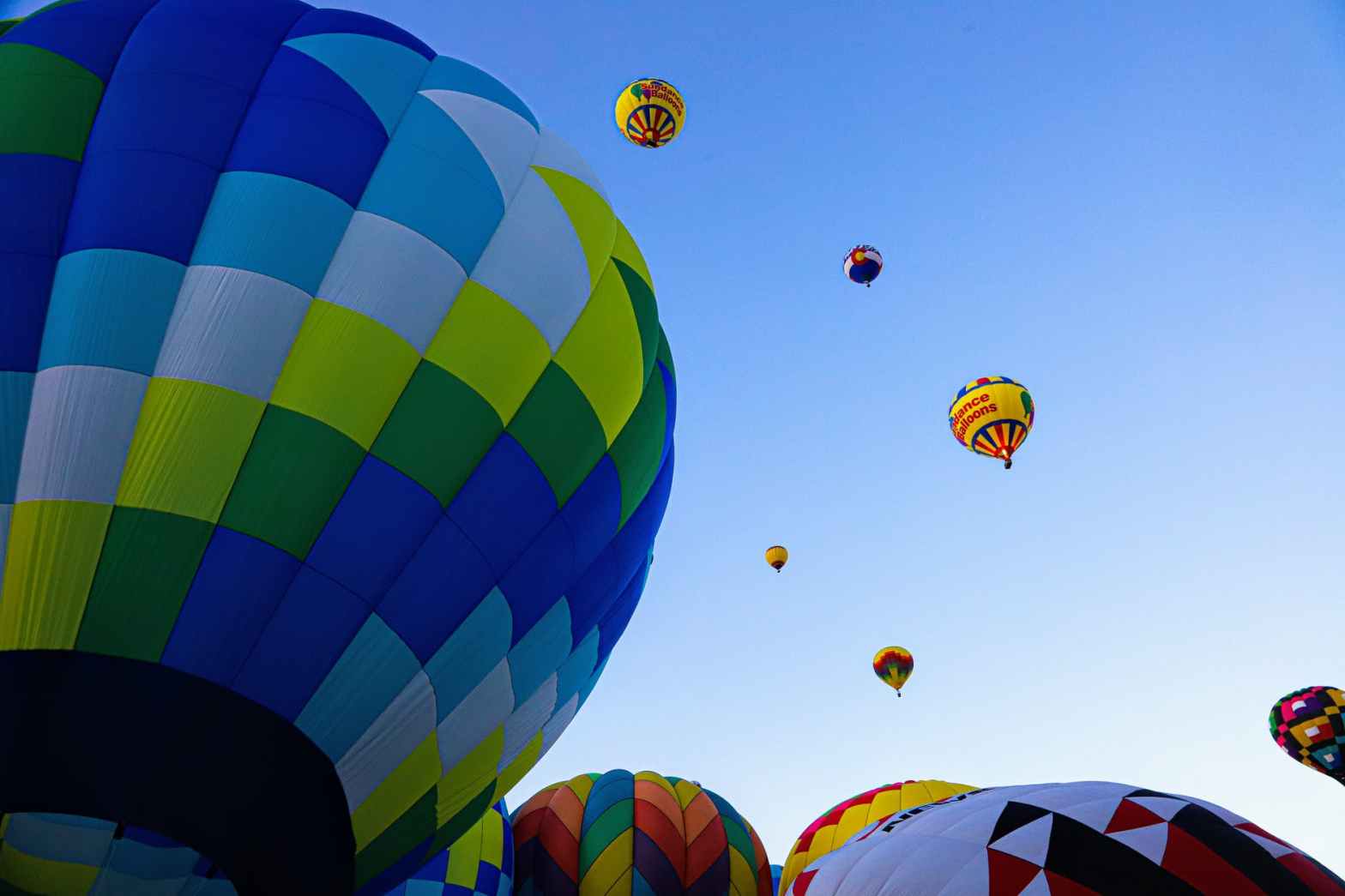How can we cultivate spaces where everyone has that soaring sense of inclusion?
s.e. smith

The Learning
Passion-Based, Human-Centered Learning Compatible With Neurodiversity and the Social Model of Disability

The Gift
We have created a system that has you submit yourself, or your child, to patient hood to access the right to learn differently. The right to learn differently should be a universal human right that’s not mediated by a diagnosis.
⚡️🦅🌈 The Feeling: Electric Belonging and Soaring Inclusion
All human beings have the same innate need: We long to belong.
The 4 Stages of Psychological Safety
We believe belonging is an essential concept for thinking about inclusion and planning successful policies—so important we included it twice! In addition to adopting a belonging-focused definition of inclusion in Change #1, one of our four planning approaches focuses on facilitating pupil belonging.
Guidance Part 1: An Introduction to School-level Approaches for Developing Inclusive Policy – Belonging in School – a school-level resource for developing inclusive policies
As our title signals, we focus on discussing and facilitating inclusion in terms of pupils’ sense of belonging, which is to say learners’ subjective sense of whether or not they are part of their school community, safe, and valued. This connects to a larger research on understanding school belonging, and how it impacts pupils. As discussed in more detail under Approach 1 in the Planning Guidance document, this body of research suggests that it may be an important contributor to pupils’ participation and achievement, rather than following from these later.
Guidance Part 1: An Introduction to School-level Approaches for Developing Inclusive Policy – Belonging in School – a school-level resource for developing inclusive policies
Being legible requires other people to have the ability to make sense of me. That means I am a thing that exists but that is also supposed to exist, in a given space or conversation or exchange.
Why I Hate* California – essaying
🤲 We create crip space that evokes the electrifying feeling of belonging.
It is very rare, as a disabled person, that I have an intense sense of belonging, of being not just tolerated or included in a space but actively owning it; “This space,” I whisper to myself, “is for me.” Next to me, I sense my friend has the same electrified feeling. This space is for us.
This is precisely why they are needed: as long as claiming our own ground is treated as an act of hostility, we need our ground. We need the sense of community for disabled people created in crip space.
How can we cultivate spaces where everyone has that soaring sense of inclusion, where we can have difficult and meaningful conversations?
Because everyone deserves the shelter and embrace of crip space, to find their people and set down roots in a place they can call home.
“The Beauty of Spaces Created for and by Disabled People” by s.e. smith in “Disability Visibility: First Person Stories from the 21st Century“
Belonging is very close to the idea of feeling safe.
Belonging in School: Resource Introduction Webinar – YouTube
👩❤️👨 We foster the feeling of access intimacy.
Access intimacy is that elusive, hard to describe feeling when someone else “gets” your access needs. The kind of eerie comfort that your disabled self feels with someone on a purely access level. Sometimes it can happen with complete strangers, disabled or not, or sometimes it can be built over years. It could also be the way your body relaxes and opens up with someone when all your access needs are being met. It is not dependent on someone having a political understanding of disability, ableism or access. Some of the people I have experienced the deepest access intimacy with (especially able bodied people) have had no education or exposure to a political understanding of disability.
Access Intimacy: The Missing Link | Leaving Evidence
Non-disabled people in my life don’t know how to love me like disabled people do. I’m so thankful for all my disabled friends who know how to provide care, rest, support and love. Disabled love is critically different from my other interactions with the world.
I really wish non-disabled people could learn to love in the same caring modalities. Love looks like remembering my food intolerances. Love looks like saying “that sucks” when I complain. Love looks like calling to check in and telling me stories.
Love looks like someone bustling around at home doing everyday things that wanted to call just to be with me across time and space. Love looks like not trying to fix everything and just allowing bad days to be bad. Love looks accepting my need to isolate as much as possible.
@Nicole_Lee_Sch
And I’m doing
The Curse, Solillaquists of Sound
Better, every day
Because of those who stay aware
That we’re as great as we make
And not all differences need to be so
Explained
📚 The Learning: Passion-Based, Human-Centered Learning Compatible With Neurodiversity and the Social Model of Disability
Within our space of access intimacy, we practice niche construction and human-centered learning. Continue to learn more.





